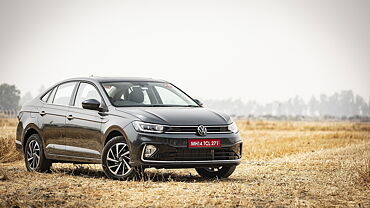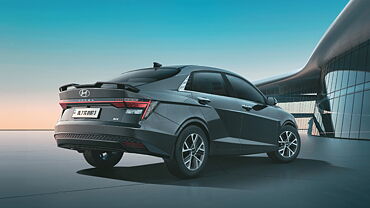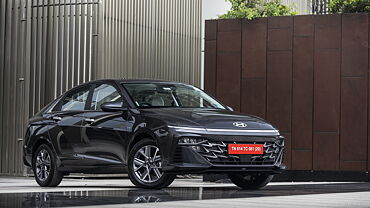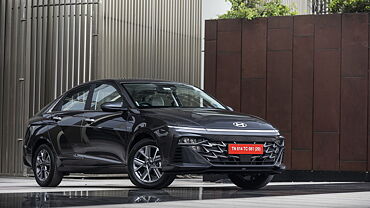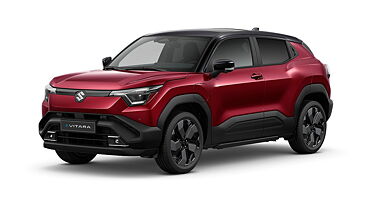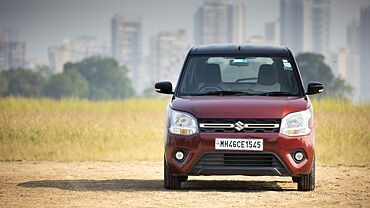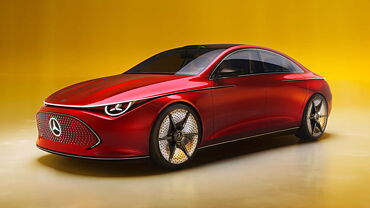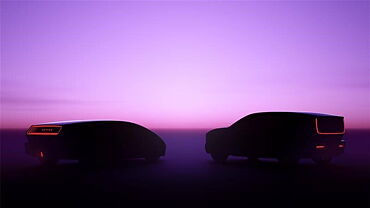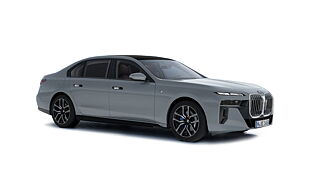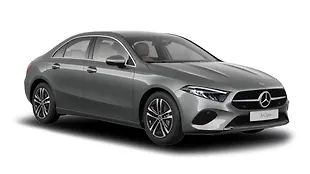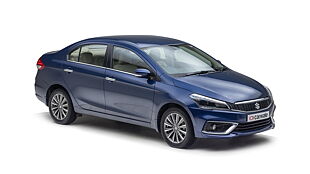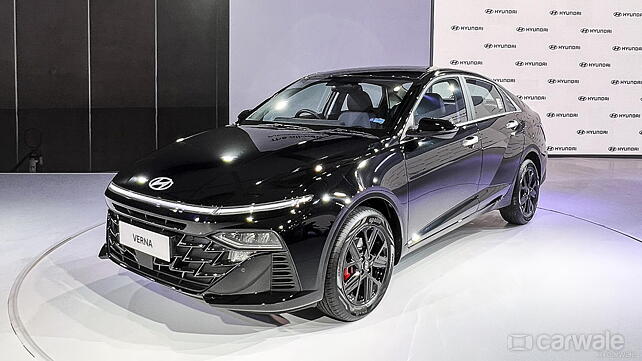
Hyundai launched the new sixth-generation Verna on 21 March 2023. It not only is bigger and more radical on the outside but is also more spacious on the inside than ever before. It also gets many new features, including ADAS. Moreover, the new Verna is more comfortable and offers additional rear seat space, which was the Verna’s Achilles’ heel all these years. What’s more, the Verna has discontinued its much-loved 1.6-litre diesel engine in favour of an all-new turbo-petrol engine.
This engine is an all-new 1.5-litre GDi turbo-petrol, which is an upgrade over the 1.0-litre turbo-petrol offered with the outgoing generation. It offers a segment-best power output of 158bhp and a twisting force of 253Nm. The transmission choice for this engine includes a six-speed manual or a seven-speed dual-clutch transmission (DCT). Hyundai says that this turbo-petrol Verna can sprint from zero to 100kmph in just 8.1 seconds. And it's also BS6 Phase 2- and E20 fuel-compliant. In terms of mileage, this 1.5-litre turbo petrol engine has ARAI-claimed figures of 20kmpl when mated with the manual and 20.6kmpl when paired with the DCT.
Hyundai Verna City Mileage: When tested on our fuel run, the Verna Turbo Petrol took in 7.02 litres for the 77.7km we drove around our test route. This translates to a real-world fuel efficiency of 11.06kmpl. On the driver’s display, the indicated average fuel efficiency was 11.70kmpl.
Hyundai Verna Highway Mileage: Similarly, on the highway test route, we drove the Verna for 41km, and it sipped in just 2.18 litres. This translates to tested fuel efficiency of 18.80kmpl; the MID showed an accurate average mileage of 18.1kmpl.
With a fuel tank capacity of 45 litres and an average real-world fuel efficiency of 12.99kmpl, the Verna Turbo Petrol DCT can go up to 584km on a full tank. It should be noted that our tested fuel mileage figures are performed in real-world conditions, and these numbers are an indication of what you can expect from a car. However, the fuel efficiency of your car can change and be affected by numerous factors like driving style, fuelling method, fuel quality, temperatures, state of the vehicle, and traffic conditions — to name a few.



